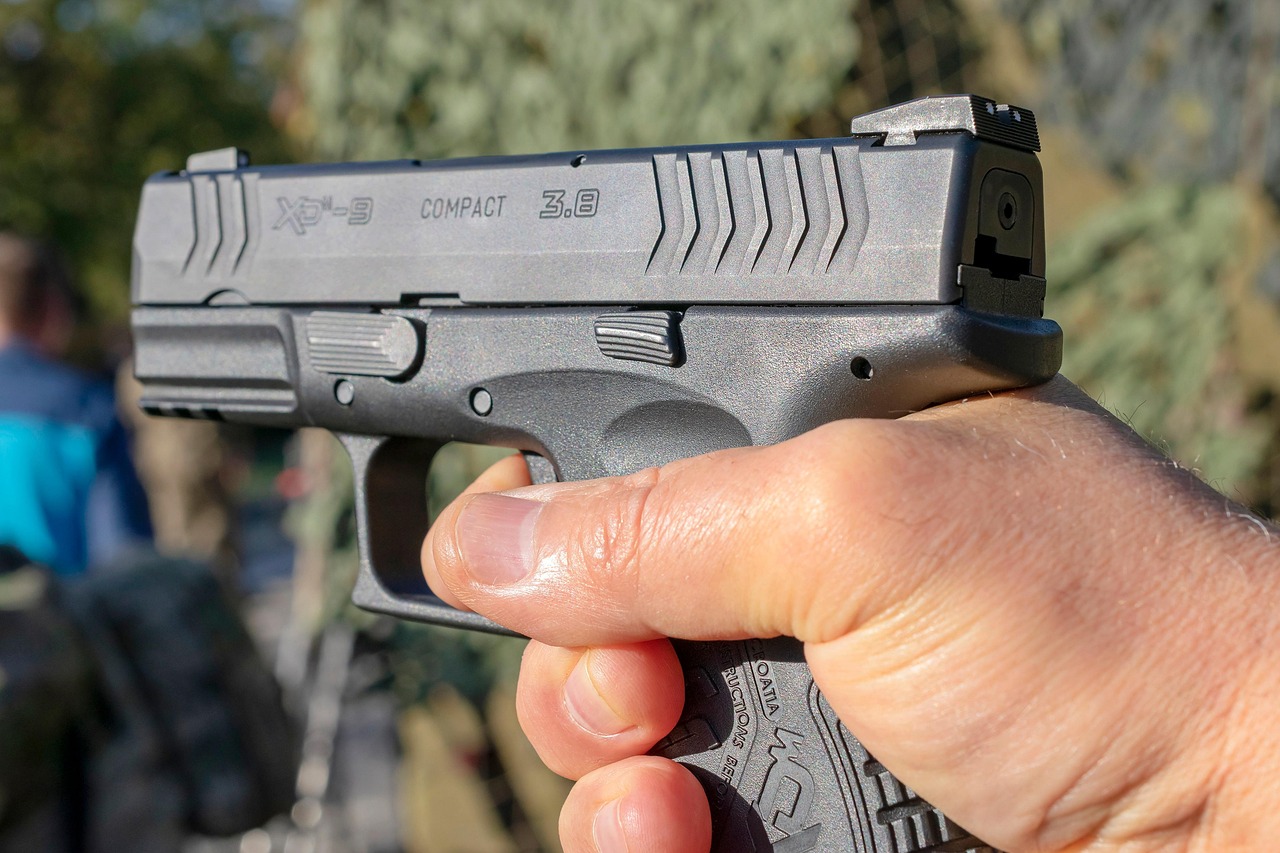Gun Etiquette: The 7 Unspoken Rules That Every Gun Owner Needs to Know
There’s owning a gun, and then there’s knowing how to act when you’ve got one.
Gun etiquette isn’t about being fancy or looking tactical. It’s actually more about not scaring the hell out of everyone who is around you.
It’s the difference between being someone who others want to train with and being the person no one wants to stand near on the line.
Good gun manners aren’t optional. They’re literal survival skills with social consequences.
Let’s explore more.
Gun Etiquette Rule #1: Start With the Basics… and Mean Them
The four rules of firearm safety get repeated so often they almost become background noise. But when someone actually follows them to the letter, it shows.
Here they are:
- Checking the chamber every time a gun is picked up, no matter who handed it over to you or how “sure” they were it’s unloaded. Always check yourself!
- Keeping your finger fully indexed above the trigger guard (unless your sights are on a target that you intend to destroy, in which case your finger may be placed over the trigger).
- Watching your muzzle direction like it’s got a laser pointer on it at all times.
- Refusing to point a gun at anything you don’t intend to kill or destroy, including your own foot, the drywall, or the guy next to you
Plenty of folks can quote the four rules.
But fewer practice them like gospel.
The people who do? They’re the ones others trust.
Gun Etiquette Rule #2: Don’t Be the Range Liability
At a public or private shooting range, gun etiquette isn’t a bonus feature. It’s the whole foundation.
Range rules exist for one reason and one reason only: because everyone there is armed and one wrong move (no matter how small) could negligently lead to someone bleeding out in a gravel parking lot.
The standard expectations are not complicated, but they are non-negotiable:
- Muzzles stay downrange at all times. If the gun leaves the bench, the barrel doesn’t wander. Doesn’t matter if it’s “cold.” Doesn’t matter if you “just cleared it.”
- If someone calls a cease fire, you stop immediately. Magazine out. Finger off trigger. Set the gun on the counter with the muzzle facing down range. Step back from the line. No exceptions.
- You don’t handle firearms during a cold range. Not to show a buddy something, not to adjust your sling, and not to tuck it back in your bag. Hands off completely until the line goes hot again!
- You clean up after yourself. That includes brass, targets, torn-up backers, and especially used cleaning patches or half-finished energy drinks. The ‘golden rule’ so to say is to leave the lane cleaner than you found it.
If someone violates safety, correct them. Or if it’s you who gets corrected, take it like an adult. Nobody’s too cool to be reminded when lives are on the line.
Gun Etiquette Rule #3: Don’t Touch Other People’s Guns
If someone leaves their rifle on the bench or sets a pistol on the table during a break, that doesn’t make it public property. You don’t pick it up. You don’t ask to dry fire it “just real quick.” You don’t cycle the bolt or press buttons or pull triggers.
If you’re genuinely curious, ask the owner first. And if the owner says no, respect it. Some people don’t like others handling their firearms, and that’s totally okay. After all, to them, you’re just a random stranger and they don’t know anything about you, so why should they inherently trust you with a firearm?
And some just don’t want fingerprints all over their RMR glass either. Doesn’t matter. If it’s not yours, keep your hands off.
When someone does let you handle their gun, there’s a protocol:
- Confirm it’s cleared before doing anything
- Keep the muzzle pointed in a safe direction
- Index your finger (and don’t creep toward the trigger either).
- Don’t rack slides or pull triggers unless invited to
- Don’t pretend you know what you’re doing if you don’t
Handling someone else’s firearm is a bit like borrowing their car or truck. If you break it, it’s your fault, not theirs.
Gun Etiquette Rule #4: Keep Your Concealed Firearm Concealed
Carrying a concealed firearm means being discreet and not dramatic, not flashy and dramatic like you see in movies or TV shows.
This is one of the core principles of gun etiquette because it’s all about being one thing: being responsible.
This means:
- No showing it off to friends at the grocery store
- No fiddling with your waistband in public like you’ve got ants
- No “printing” with tight clothing that turns your Glock into a billboard
If you’re carrying concealed and you need to disarm (for instance, before you enter a prohibited area like the Post Office) don’t do it in the middle of a parking lot or a bathroom stall. Go home. Go to your car. Find a private space where you can unload safely without making a scene or risking a negligent discharge.
The person who flashes their carry gun “just to show someone” at a diner table isn’t demonstrating confidence. They’re advertising ignorance, and ignorance is often what leads to negligence.
And negligence is what leads to accidents.
Gun Etiquette Rule #5: Don’t Be an Instructor Unless You Are One
Plenty of well-meaning folks like to offer tips at the range. The problem is, most of them aren’t qualified to teach.
If someone’s struggling, give them space unless they ask for help. Hovering, correcting stance, adjusting their grip without permission…that’s how people get embarrassed, annoyed, or worse, unsafe.
If someone does ask for help, keep it simple. Don’t turn it into a masterclass on ballistics and isosceles vs. Weaver. Instead, stick to a few practical and specific tips and never touch someone without asking.
And if you’re the one learning, listen carefully. Ignore the guy yelling “just send it!” after every missed shot and look for the quiet one who drills the X-ring every time.
That’s the voice to trust.
Gun Etiquette Rule #6: Don’t Mix Alcohol (or Ego) With Guns
This should go without saying, but every hunting trip has that one guy who starts pouring whiskey before the guns are locked up.
Guns and booze don’t mix! And neither do guns and arguments, guns and stress, or guns and bravado.
If there’s a firearm out, no one’s drinking. Period. Don’t even have alcohol on the premises. When you’re done looking at the guns, put them all away in their safes or locked containers and then you can get the beer or wine. That’s how responsible people operate, plain and simple.
So to reiterate: the moment alcohol enters the picture, guns go in the safe, and the ammo and magazines get stored. If someone resists that idea and insists it’s not really that big of a deal…they probably don’t need to be around firearms in the first place.
And if someone gets heated (at a range, a match, a store, etc.) back off. Gun culture doesn’t need hotheads. It needs people who can keep their cool when adrenaline spikes. If you can’t have a civil conversation about the merits of 9mm Parabellum vs. .45 ACP without getting red in the face…maybe take up golf as a different hobby!
Gun Etiquette Rule #7: Treat Every Space Like a Training Environment
Regardless of whether you’re at home, on the trail, in a class, or dry firing in your garage next to your Mustang or Camaro, the same principles apply. Here’s what good etiquette looks like outside the range:
- Store ALL of your firearms where unauthorized people cannot access them. Kids, guests, roommates, doesn’t matter. If you own a gun, you own the responsibility of preventing its misuse. Keep it secured. Remember, proper gun etiquette is all about safety at its core.
- Use snap caps or dummy rounds for practice. Dry firing into a mirror with a loaded pistol is not training. It’s an accident waiting to happen.
- Maintain your firearms. A dirty and malfunctioning gun is a liability. Regular cleaning isn’t just for looks; it literally prevents failures.
Even at home, every time a gun is handled, it should be treated as if someone’s watching. Because if you ever mess up, someone will be watching—and that mistake will matter a whole lot more.
Carry Yourself Like a Professional
The best shooters, the safest gun owners, the people others look to for guidance…they all have something in common.
They’re quiet, deliberate, and focused. They don’t flex. They don’t shout. They don’t wave guns around or use gear to compensate for skill. They let their competence do the talking.
Gun etiquette is not about following a checklist. It’s about projecting calm confidence.
If you’re doing it right, you don’t need to tell anyone. They’ll know.


